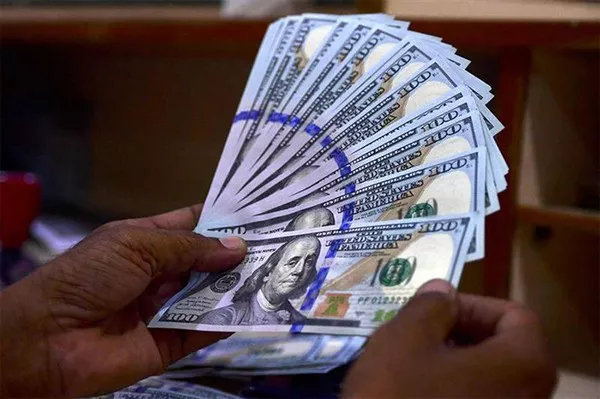On Thursday, most Asian currencies maintained a flat-to-low range as the dollar rebounded to a three-week high, driven by uncertainty surrounding the Federal Reserve’s intentions for interest rate cuts in 2024.
The minutes from the Federal Reserve’s December meeting failed to offer a clear roadmap for rate cuts this year, further unsettling risk appetite after a challenging start to 2024 for global financial markets.
Asian currencies, sensitive to rate-cut concerns due to their lackluster performance in 2023 amid higher interest rates, found little relief. While some regional currencies showed signs of improvement towards the end of last year, the recovery appears to be on hold.
The Japanese yen experienced minimal movement as local markets reopened after an extended New Year’s holiday. Purchasing Managers Index (PMI) data highlighted the fragility of Japanese economic activity, with the manufacturing sector remaining in contraction in December. The devastating earthquake in central Japan further dampened sentiment, causing disruptions in the region.
The Australian dollar managed a 0.2% increase, although PMI data revealed the country’s service sector remained in contraction in December, hindering further gains.
In China, the yuan edged lower by 0.1%, partially mitigated by a stronger-than-expected midpoint fix by the People’s Bank. However, Fitch’s downgrade of four major state-backed asset managers and its warning of potential further cuts due to headwinds from a property market slump added to negative sentiment. These asset managers play a crucial role in maintaining Chinese lending stability, and their downgrade could pose additional challenges to the Chinese economy.
The broader Asian currencies market showed little movement on Thursday after a lackluster performance in 2023. The South Korean won traded sideways, while the Indian rupee remained close to record lows. PMI data from India indicated lower-than-expected growth in the manufacturing sector in December, although it still remained within expansion territory.
The dollar index and dollar index futures exhibited limited movement in Asian trade but remained near a three-week high attained in the previous session. The greenback’s sharp recovery from five-month lows at the end of 2023 has been fueled by speculation on the timing of the Fed’s planned interest rate cuts.
The minutes from the Fed’s December meeting provided scant clarity on the cuts, as policymakers acknowledged progress against inflation but emphasized lingering risks to the American economy. The upcoming nonfarm payrolls data on Friday is expected to influence the Fed’s rate-cut outlook, with market expectations leaning towards a 25 basis point reduction in March, as indicated by the CME Fedwatch tool.
The shift in focus from high U.S. interest rates that impacted Asian currencies negatively in 2023 is anticipated to evolve as the Fed begins trimming rates in 2024.


